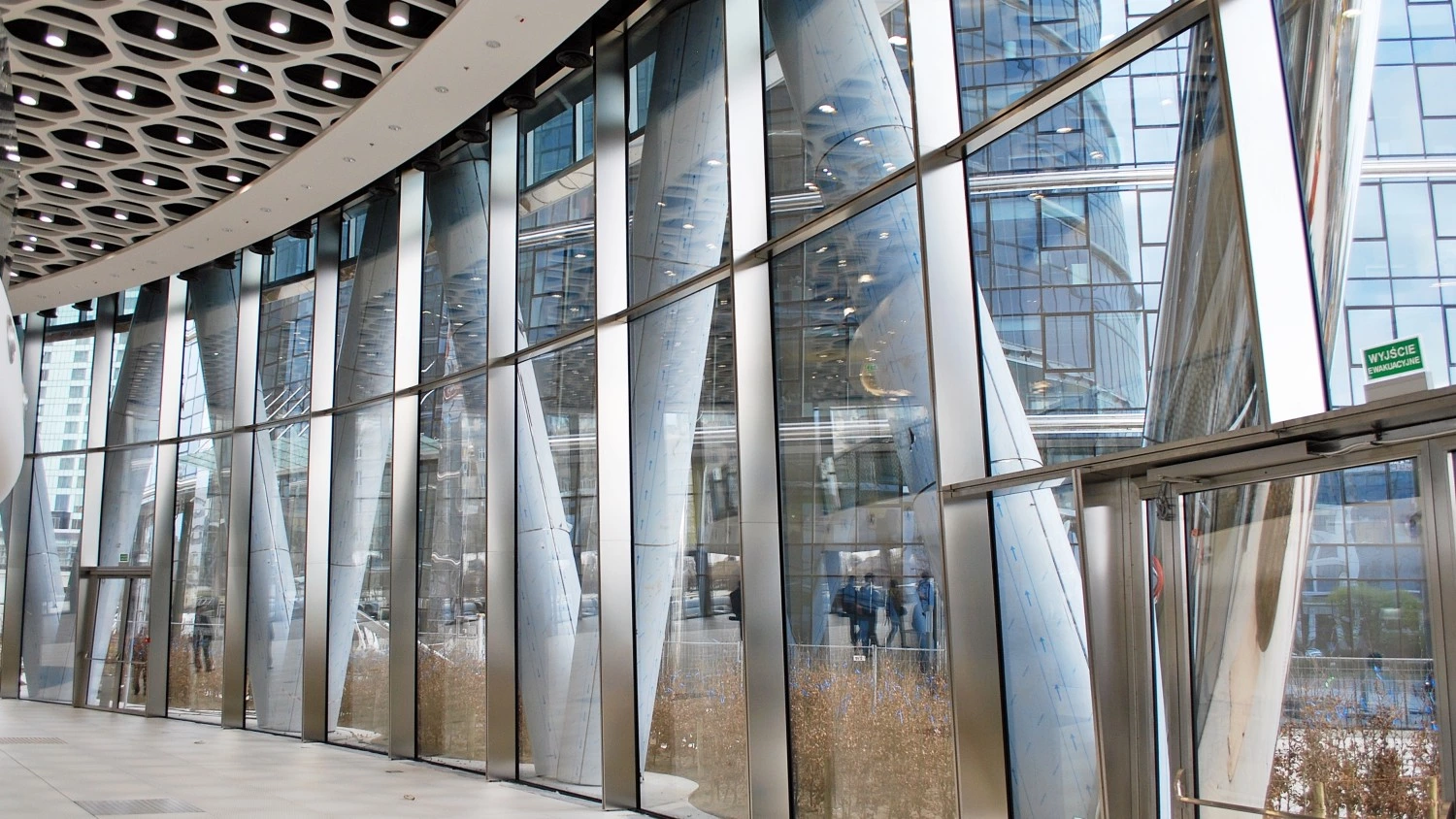
Whilst 2017’s volumes from South Africa are not likely to match 2016’s records, the numbers from Asia could well match or exceed last year’s, given the large number of potential sources that capital can hail from in that vast, deep and liquid arena. Asian investors see CEE as a risky higher return diversification opportunity compared to Western Europe according to the report released at MIPIM from Colliers International.
Mark Robinson, CEE Research Specialist commented: The next “South Africa”, in the sense of capital from riskier environments for CEE might well be Turkey, or perhaps Brazil, Russia or MENA countries if oil and commodity prices sustain at present levels. We believe the EUR 5bn of investment from the G10 arena will stay around these levels in the face of slowly rising bond yields”.
Domestic and cross-border CEE transactions rose from €1.1 billion in 2011 to €2.6 billion last year. This growth is all the more impressive as smaller-ticket deals tend to make up a greater proportion of total activity. We see the 21% CEE-sourced slice of the €12.2 billion 2016 investment total as rising in 2017 and beyond. Yield comparatives and expanding routes to market are the most probable principal drivers of this growth.
Whilst Hungary, Slovakia and the Czech Republic are developing well, Poland and Romania have the furthest road to travel in terms of improving access for local investors to the commercial real estate marketplace. Poland might opt to push for REIT legislation or see more companies listed. REIT legislation exists in Bulgaria and Hungary but listings are only active in the former. Only in Slovakia out of the CEE-6 countries are pension funds active in the real estate sector; their participation is of course much more common in Western Europe. There is not much sign of this changing in CEE.




